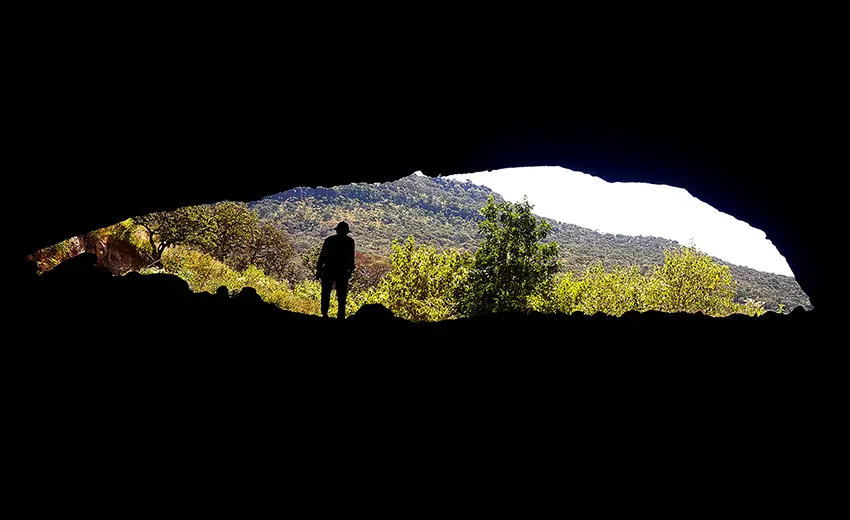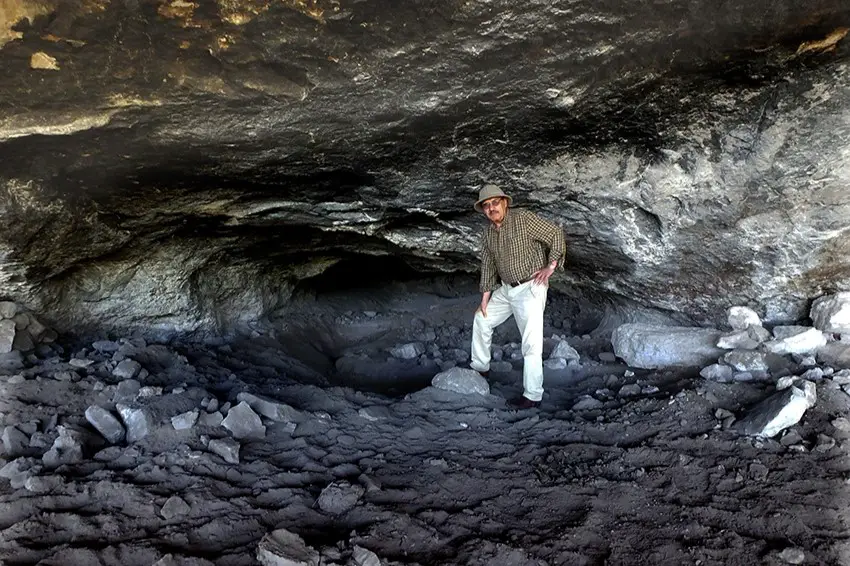the great Mexican turkey drive

Turkeys wearing traditional huaraches marching through the streets in a giant annual drive? If it sounds like something that could only happen in Mexico, that may be exactly the case.
Is the story true? You be the judge.

First, let me state that the turkey is very Mexican and it’s likely that the Maya were the first to domesticate it. In Mexico, it is popularly called guajolote, which comes from the Nahuatl “huexólotl,” meaning “old monster,” a rather unkind reference to the male’s looks.
As far as its taste goes, the 16th-century Franciscan missionary and chronicler Bernardino de Sahagún wrote “It has the best meat of all the birds; it is the master. It is tasty, fat, savory.”
That oh-so-tasty bird has been raised in great numbers in Mexico for at least two millennia, creating a special relationship between humans and these birds. One unforgettable episode of that relationship was told to me by archaeologist Peter Jiménez, who spent many years studying and unearthing the celebrated ruins of the Cerro de Teúl archaeological site, located immediately adjacent to the city of Teúl, Zacatecas.
At first, I thought Jiménez was pulling my leg, but the basic facts of the story which appears below have been confirmed by the municipal historian of Teúl, Ezequiel Ávila, as well as other sources.
The Black Cave


“In 1984, when I was just a kid studying archaeology in Zacatecas,” Jiménez told me, “we did a tour through the state with the then-Governor of Zacatecas, José Guadalupe Cervantes.”
“One of the most beautiful parts of our visit was the drive through the southern part of the state which is filled with deep canyons. Approaching Teúl, we drove past a large and imposing cave, visible from the highway. It’s called La Cueva Prieta (the Black Cave) and it has a waterfall over its entrance. So I made a comment to the governor: ‘That looks like a great place to excavate for pre-historic remains.’”
The governor smiled, but one of his party, a member of his cabinet, who was sitting next to Jiménez, spoke up: “Well, if you ever dig there, you’re probably going to find 20 or 30 centimeters of turkey guano.”
“Why?” asked Jiménez.
“Because, back when we used to move turkeys from Florencia, near Teúl, over to Guadalajara on foot, that was one of the caves where we would rest the turkeys and where we would all sleep during the night,” the man replied.
“What?” said Jiménez.
Down the canyon to Guadalajara


His informant’s eyes lit up. “Yes,” he said, laughing, “My father used to raise turkeys during the year, in Florencia, and come the fall, we’d move them off to Guadalajara because there was a thriving tianguis there; so we had to walk those turkeys from here in Teúl ten days down the canyon and across the Rio Santiago and back up into Guadalajara to the market.”
Jiménez looked at him: “Wow, I can’t believe that!”
Oh yes,” the cabinet member insisted. “We had measured distances of how much of a journey we’d make every day and where we’d camp at night. Now, caves were really good because we’d put the turkeys inside and then we’d build a number of fires around the outside and one of us would stay awake at night, while the rest of us slept, just to keep the coyotes and the pumas and the lynxes from the turkeys.”
Jiménez said, “That’s an incredible story.”
Leather huaraches for each turkey
His informant went on: “When I was a kid, all my friends would be playing marbles or soccer, but my daily chore every afternoon was to go home and cut little forms out of a huge piece of leather to make a pair of huaraches for every guajolote and each of these shoes would be held on by a little piece of wire.”
Huaraches are the classic sandal of Mexico, manufactured since pre-colonial times. Originally made entirely of leather, modern huaraches often use pieces of car tires as soles.
The cabinet member explained the reason behind the shoes. “You see, a turkey can’t walk great distances. Their feet are very delicate. If they’re going to walk for two weeks to Guadalajara, they need some assistance. So my chore was to make little huaraches for every turkey.”
“Okay, just how many turkeys are we talking about?” Jimenez asked.
The great turkey drive
“Well,” replied the man, “we would raise 200 here in Florencia, and we’d buy another hundred in Fresnillo and walk them down here. Then we’d finally start the great turkey drive to Guadalajara.”


“Since I was the youngest, I had to walk behind that big gaggle of turkeys, picking up huaraches which had come off, go find the bird that lost them, and put their shoes back on.”
Jiménez stared at him: “Sir, that is a great story, but it sounds like malarkey. I can’t believe it!”
His informant simply replied: “Come to my office on Monday.”
A few days later, Jiménez went to Zacatecas city, to the official’s office, arriving in the early afternoon.
“Come on in,” said the cabinet member’s secretary. “He’s been waiting for you.”
Jiménez walked into the man’s office and was offered a chair.
“So,” recalled Jiménez, “I sat down in front of his desk and he opened a drawer and pulled out a photograph, all sepia tones, of himself as a little kid, holding in his hand two little pairs of huaraches and behind him something like a hundred turkeys.
“Okay, okay,” said Jiménez, “I surrender!”
John Pint has lived near Guadalajara, Jalisco, for more than 30 years and is the author of A Guide to West Mexico’s Guachimontones and Surrounding Area and co-author of Outdoors in Western Mexico. More of his writing can be found on his website.
Source: Mexico News Daily

